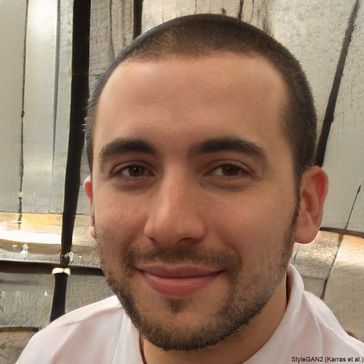Understanding the Science Behind Cellulite and Stretch Marks
Cellulite and stretch marks are common skin concerns that affect millions of people worldwide. Despite their prevalence, these conditions are often misunderstood, leading to confusion about their causes and misconceptions about treatments. Before exploring treatment options, it's helpful to understand what cellulite and stretch marks are and why they occur.
What is Cellulite?
Cellulite is the dimpled appearance of the skin that most commonly occurs on the thighs, buttocks, and abdomen. It is caused by the underlying fat deposits pushing through the connective tissue beneath the skin. This condition is prevalent in women of all shapes and sizes and can be influenced by factors such as genetics, hormones, lifestyle, and diet.
One common misconception is that cellulite only affects overweight individuals. In reality, it can happen to anyone, regardless of body weight or shape. The structural arrangement of connective tissues and fats in the body is a primary contributor to the formation of cellulite.
What are Stretch Marks?
Stretch marks, or striae, are linear scars that form when the skin is stretched rapidly due to factors such as weight gain, pregnancy, or growth spurts during puberty. Initially, they appear as red or purple lines, which often fade to a lighter color over time. Like cellulite, genetics and hormonal changes can influence the likelihood of developing stretch marks.
The elastin fibers in the dermis layer of the skin play a critical role in maintaining the skin's elasticity. When the skin is overstretched, these fibers can break, leading to the formation of stretch marks. While not harmful, they are a cosmetic concern for many.
Effective Treatments for Cellulite and Stretch Marks
Advances in dermatological science have led to a variety of treatments for both cellulite and stretch marks. These treatments range from topical applications and minimally invasive procedures to surgical interventions. Choosing the right treatment often depends on the severity of the condition and the individual's personal preferences and health considerations.
Topical Treatments and Creams
A wide array of creams and lotions are available that claim to reduce the appearance of cellulite and stretch marks. Ingredients like caffeine, retinol, and hyaluronic acid are popular in these products. Caffeine can temporarily improve the appearance of cellulite by dehydrating fat cells and tightening the skin. Retinol is known to boost collagen production, which can improve skin elasticity and texture.
Consistent use of these topical applications can offer modest improvements. However, results may vary, and it's crucial to manage expectations as these treatments may not completely eliminate cellulite or stretch marks.
Advanced Dermatological Procedures
For those seeking more pronounced results, several advanced dermatological procedures are available. Laser therapy, radiofrequency, and ultrasound treatments are among the most popular non-invasive options. These methods aim to stimulate collagen production and improve skin structure.
Laser therapy, in particular, can help break down the fibrous bands that contribute to cellulite's appearance, while also promoting collagen growth to improve skin texture. Ultrasound procedures, on the other hand, can target deeper layers of fat, offering a complementary approach to cellulite reduction.
Microneedling and Other Treatments
Microneedling involves using a device with tiny needles to puncture the skin, triggering the body's natural wound-healing process and stimulating collagen production. This procedure is known for its effectiveness in reducing the visibility of stretch marks and improving skin texture.
Other treatments, like chemical peels and microdermabrasion, can also be beneficial for improving the skin's overall appearance and texture, reducing the visibility of stretch marks over time. These methods focus on exfoliation and skin regeneration.
Combining Treatments for Optimal Results
A combination of treatments is often recommended to address cellulite and stretch marks effectively. For instance, one might combine topical treatments with professional procedures for enhanced results. A personalized treatment plan developed in consultation with a dermatologist can ensure that the chosen methods suit the individual's skin type and condition, optimizing the treatment outcomes.

